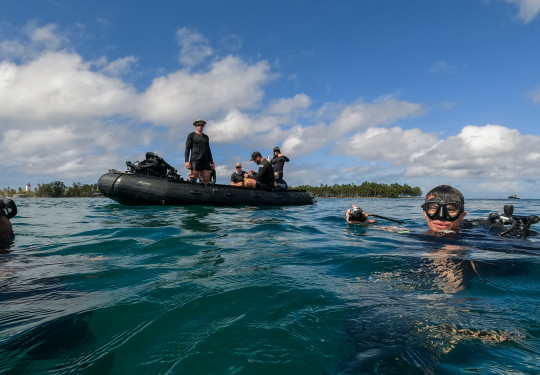WWII bombs located in Tuvalu waters
Twenty two 500lb WWII-era Aerial Bombs have been located underwater at Nanumea in Tuvalu, by members of the Royal Australian Navy, Royal Canadian Navy, Royal New Zealand Navy, and United States Marine Corps working from HMNZS Manawanui.
27 September, 2022
The Government of Tuvalu had requested the Australian Defence Force (ADF) to conduct reconnaissance of reported explosive remnants of war (ERW). With help from HMNZS Manawanui, HMNZS Matataua and crew, plus United States Marine Corps (USMC) and Royal Canadian Navy (RCN) divers embedded with the Australians and New Zealanders, Operation Render Safe got underway in early September.
Beginning at Funafuti Lagoon, Royal New Zealand Navy (RNZN) military hydrographers surveyed areas of interest and the combined dive team investigated the sea floor. After finding no ordnance in the Funafuti area, the ship sailed on to Nanumea, where all of the ordnance finds were located.
Commander of ADF Operations in the South West Pacific Major General Scott Winter said identifying World War II-era munitions in the Pacific is a vital step towards reducing the indiscriminate impact of ERW on our Pacific family.
“This has been a valuable opportunity to work together with Tuvaluan authorities and our partners from New Zealand, the United States and Canada, and for our crews to share knowledge whilst working in support of the Pacific family,” Major General Winter said.
“The team identified a significant number of ERW during the operation, enabling us to conduct further planning in preparation for the safe disposal of these remnants, but also minimises the risk to personnel and vessels travelling within Tuvalu waters.”
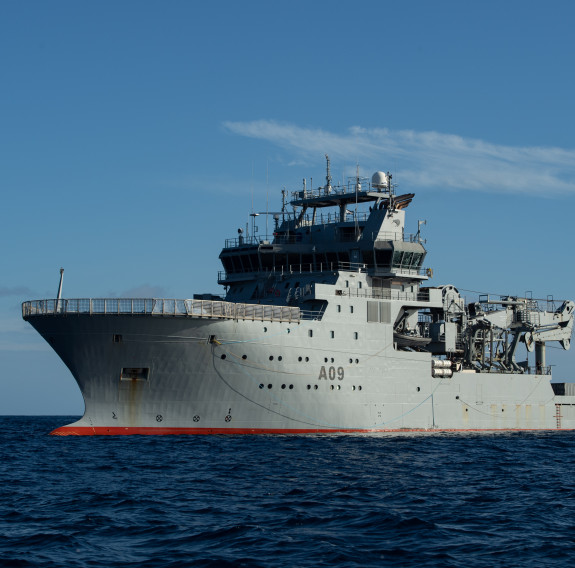
HMNZS Manawanui in the waters of Tuvalu.
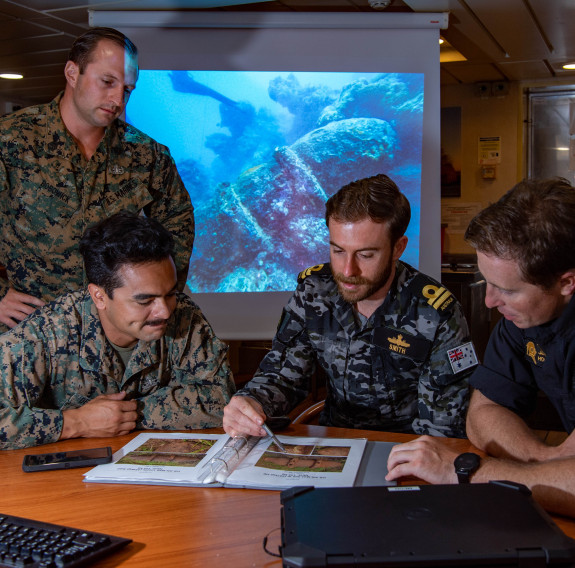
Staff Sergeant Keith Bobowick (USMC), Sergeant Ricardo De La Torre (USMC), Liuetenant Matthew Smith (RAN), Petty Officer Jamie Howden (RNZN) identifying the types of ERW found in Nanumea Lagoon.
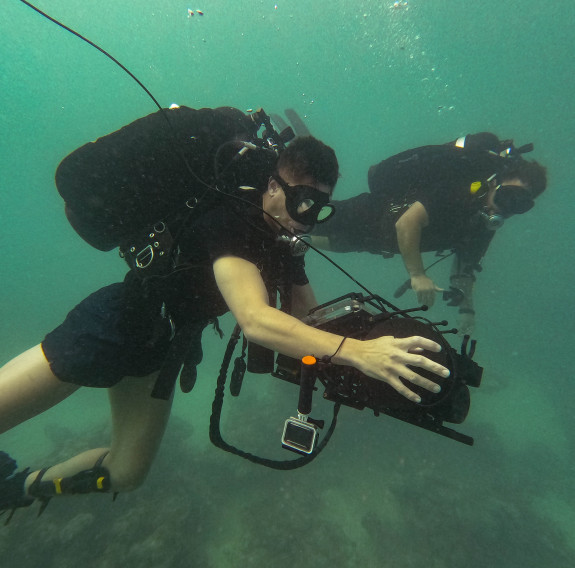
Able Diver Eduard Korent and Petty Officer Diver Easton Nicholas of the RNZN Clearance Diving Group diving in Nanumea Lagoon.
The successful operation saw the combined contingent scan more than 2.5 square kilometres of seabed over 47 hours of dive time, identifying 22 AN-M43 500 pound aerial bombs and four .50 calibre small arms dumps in depths of 10-18 metres.
Commanding Officer of HMNZS Manawanui, Commander John McQueen, said Operation Render Safe was the first opportunity for the ship to operate with an embarked international force with combined detached diving and military hydrography elements.
“Operation Render Safe has been a successful event for us, as we proved capability, enhanced our ability to operate with our multinational partners, and were able to make a real difference to our Pacific neighbours.”
The disposal of ERW identified during reconnaissance activities in Tuvalu is currently planned for 2023.
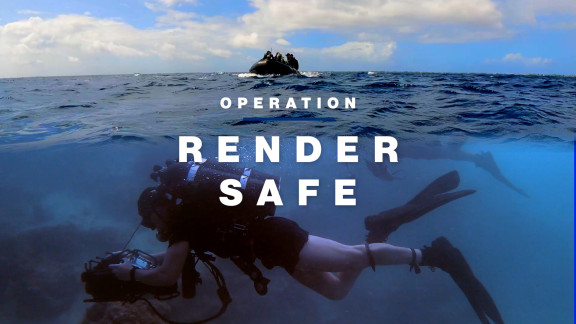
Operation Render Safe
